What is Clutter Creep & How Can You Prevent It in Your Home?

Do you feel like no matter how much you declutter, stuff just keeps accumulating? Clutter creep may be frustrating, so let’s talk about how we can stop clutter creep.
According to Dawn from The Minimal Mom, the two basic parts of how to stop clutter in your house are stopping stuff from coming in and having a steady stream of outgoing items.
Many times what stops us from throwing things out is the money we spent on them. Dawn argues that our time and energy are more valuable, so instead of looking for ways to use up something that you have no practical need for, it is okay to just give up on the item.
Knowing yourself is an important part of this process. If there are places where you tend to spontaneously get unnecessary things, like thrift stores, try limiting your trips there. For mail, Dawn recommends not even opening the ads and coupons, as they tempt you to buy things you never even thought of needing. Recycle those right away.
Another position that may be problematic is kids’ clothes. When her children reached the age where they chose their own clothes, Dawn had to consciously minimize the amount of stuff she got for them, as it would not be worn anyway.
For kids’ artwork, Dawn picks the most special items to keep, and the rest gets recycled because when you keep everything, nothing is special.
In the area of cleaning supplies and cosmetics, with all the ads and influencers, it is crucial to remind yourself that no new cream or cleaning product will solve all your problems. Be very mindful when you purchase new ones.
Finally, it is all about balance. Things will still come into your house, and they should. Dawn says, “I am a person first and a minimalist second”.
How to stop clutter creep
For more decluttering tips, discover this extreme minimalist decluttering guide or this bathroom declutter and deep clean.
To see more videos, check out The Minimal Mom YouTube channel.
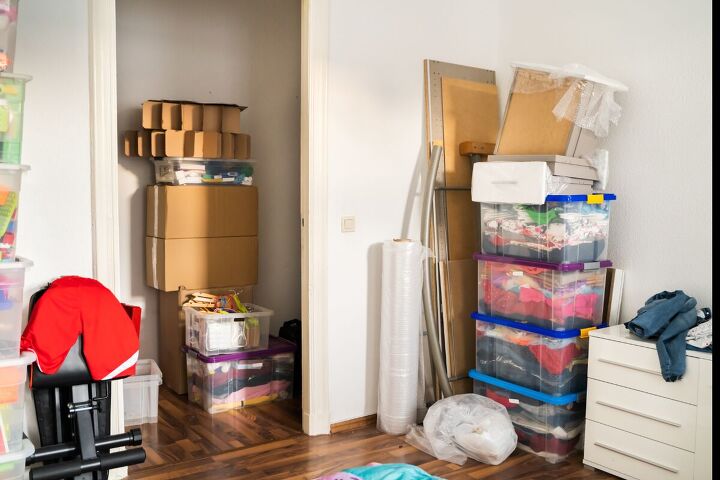
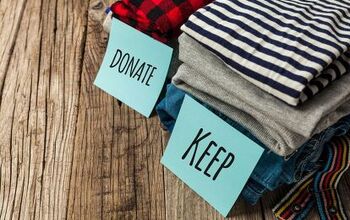
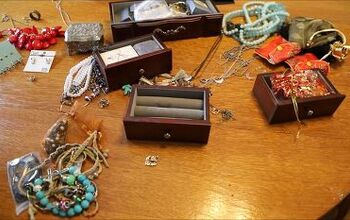




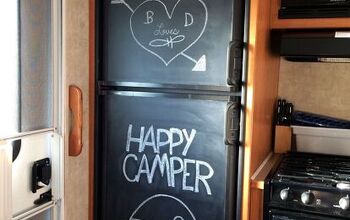
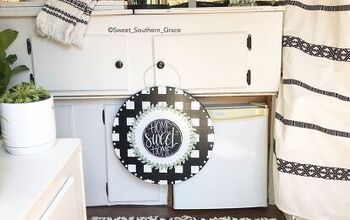
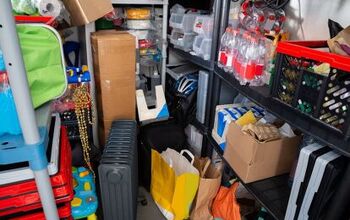


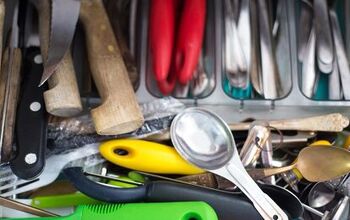






Comments
Join the conversation
My biggest challenge is wanting to get rid of things or sell them. But it kills me when I think of what I paid for it.
In my area on Facebook we have a buy nothing page. I post it. Someone needs or wants it they pick it up on my porch. Feels good to get rid of items where I know they will be used. Or at least hope so.